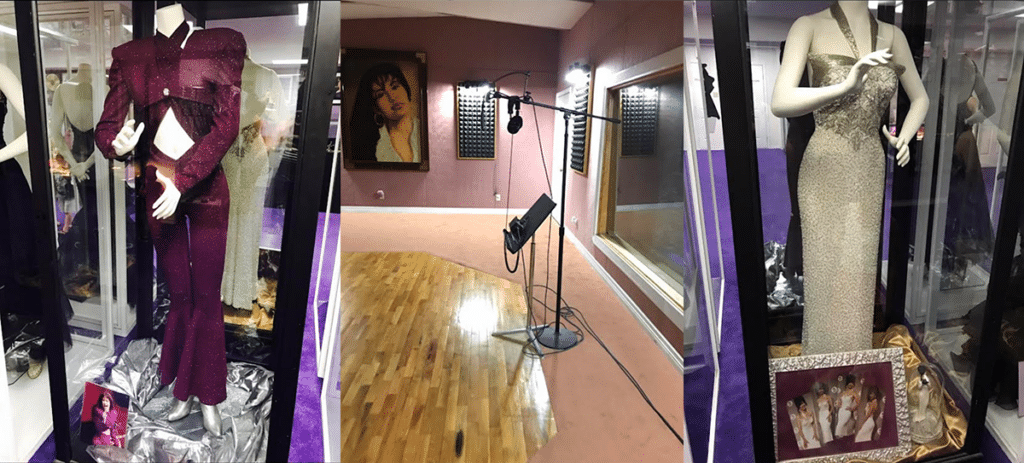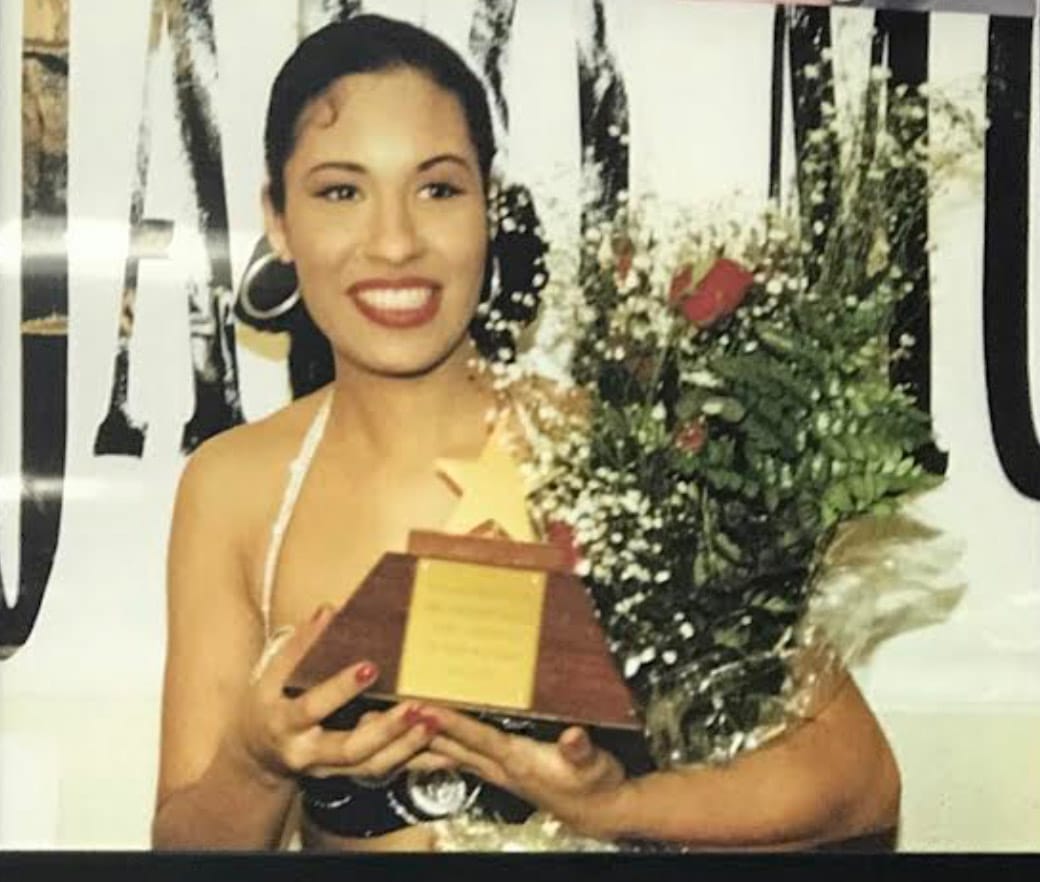Selena was one of the most important films of my formative years. The Queen of Tejano Music’s upbringing as a Texas girl whose first language was English takes up only about the first thirty minutes of the film, but just that bit was enough for a Mexican American millennial like myself to experience representation on the big screen for the first time. There was something about being that age and seeing someone with such a familiar cultural background living out her dream. To this day, Selena Quintanilla remains unmatched as a Latina cultural icon in her own right, which is why I’m celebrating her and her biopic on what should have been her 53rd birthday.
I was about six or seven years old when I first saw the movie. I remember being blown away by the big voice of such a young girl, the dazzling outfits that she designed herself, and how outgoing Selena Quintanilla was. I cried every single time the movie ended. Somehow in my child brain, I held on to hope that the film could end differently, that Selena could still be out there making music. I was disappointed every time the credits rolled. As my adolescent years went on and I continued to wear out our VHS copy of the movie, I began to notice the cultural details and how closely they mirrored my own environment.
Selena Quintanilla spent her early years in Lake Jackson, Texas, but then moved with her family to be closer to the Tejano music scene when she was still a child. For most of her life, Selena lived in Corpus Christi, only two hours and twenty-ish minutes from my beloved Rio Grande Valley. The cultural makeup of our hometowns are very similar: a primarily Mexican population, business signs in both English and Spanish, great food, and a predominantly Tejano music scene (at the time).
There’s a brief scene in the film where Selena y Los Dinos performs in Harlingen, Texas, a very short drive from my town. It’s the first time we see her and the group experience a stale crowd that actually boos them as they exited the stage, a reflection of the lack of support for female Tejano singers back then. Despite this rejection, they kept trying. Back in the 80’s, during her biggest tour of that decade, Selena did a lot of shows at South Texas carnivals and fairs. During this time period, my dad and grandfather actually watched her perform live at the stock show grounds in Mercedes, Texas – this was a little before my time, but the story as my dad tells it is so cool!
It probably took me a couple of watches to pick up on the Tex-Mex language of the movie, because it was so familiar to me already. Selena, and her family alike, spoke in Spanglish, or Tex Mex, very often. Although she started off just speaking in English, she used Spanish when she needed to and seemed most comfortable blending the two when talking with her loved ones. The mashup of English and Spanish is not uncommon in South Texas – paired with specific phrases and a Texas twang, it is uniquely Tex Mex.
As a Mexican American whose first language was English as well, I found it easy to connect with Selena as she struggled on screen with Spanish fluency. My parents are from the generation that was discouraged from speaking Spanish in school, in a region with mainly Spanish speakers, if you can believe it. For this reason, English was the first language spoken in my home. And since English was the main language in school, I really didn’t hit any language barriers until it came to visiting extended family who mostly spoke Spanish. Between the little that I did know and their efforts in English, it wasn’t too difficult to communicate. But for some reason, I experienced shame in not being completely fluent. Watching Selena made me feel a little less embarrassed about it as an adolescent (something I’ve since unlearned because languages and our fluency are ever-evolving and dynamic.)

There’s a part in the movie where Selena visits Mexico as an artist for the first time, a very big deal for her career. She feared being shunned for not being a fluent Spanish speaker (a fear mainly fueled and projected on her by her father based on his own negative experiences). During the press conference, she is asked a question in Spanish and responds in Spanglish with the famous “muy excited” line. Despite her previous apprehensions, she was met with acceptance from Mexican fans.
Before that press conference, there’s a driving scene with her dad Abraham (played by the inimitable Edward James Olmos), Selena (portrayed by JLo in the role that would launch her career), and her brother (played by Jacob Vargas, a familiar face in films by this time) where they’re discussing the upcoming trip. Their father goes deep into the struggle of being Mexican American, saying: “We gotta prove to the Mexicans how Mexican we are, we got to prove to the Americans how American we are. We’ve got to be more Mexican than the Mexicans and more American than the Americans, both at the same time. It’s exhausting. Nobody knows how tough it is to be a Mexican American.”
It was not until I grew into young adulthood that I felt this struggle of being both “too Mexican” and “not Mexican enough.” There are some spaces that were just not built for me (looking at you, academia) and spaces where I should have felt at home but didn’t because of a language barrier. In the face of socially constructed inequalities, Selena reminds us that being yourself and sticking to what you love is more than enough.
I hadn’t seen the movie in many years, until very recently. I think I avoided it because it hurts to think of how her life ended, to imagine how much further she certainly would have gone. Something new I picked up this time was the frequent shots of the moon, particularly during major life transition scenes. They are likely references to her name, which means “moon” or “moon goddess.” During these moments, the moon acts as a guide just for her as she reflects on her future. Without knowing it, she would go on not only to pave a way for women in Tejano music but also for Mexican-American Texas girls like myself, looking for our own special versions of the moon and finding them in one very special Selena Quintanilla.

